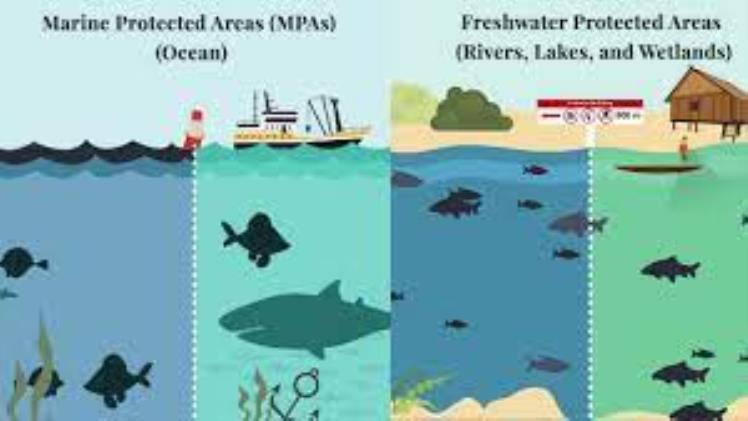Conservation Efforts and the Need to Protect Fish Habitats

Wild fish depend on maintaining their natural environments to survive, with habitat destruction having detrimental impacts such as starvation, pollution-induced death or environmental factors, or extinction threatening populations of these aquatic inhabitants. Conservation efforts are underway in both terrestrial and marine habitats for all the various species that call these environments home.
Fish species depend on accessing clean, healthy water for their survival. Not only does the water provide them with essential nutrients and oxygen that keeps them alive, but fish also need different types of habitats ranging from streams and rivers to coral reefs and seagrass beds in which to reside.
Keep the environment healthy by clearing away environmental pollution and adding extra protections against new ones from emerging. Protecting habitats for migratory species that may come into contact with toxic pollutants during their travels is especially essential to keeping their populations safe from harmful impacts of environmental contamination.
As human populations expand, wildlife have fewer places to call home. Land use contributes to deforestation, habitat degradation, erosion and the loss of topsoil–threats which play a part in why wild animal populations continue to decrease around the globe.
Increased demand for seafood combined with advances in fishing technology has contributed to the depletion of many fish and shellfish populations. To reverse this trend, governments must take measures to ensure these populations have sufficient habitats in which to thrive.
One way of accomplishing this goal is through the establishment of marine reserves as refuges from harmful fishing practices. Marine reserves can help restore fisheries by protecting them from destructive methods such as bottom trawling that damage and destroy marine environments.
Refuges provide essential fish habitats, which is an integral component of sustainable fisheries (Murawski et al. 2000). Furthermore, marine reserves implemented in temperate fisheries may help rebuild depleted groundfish stocks through efforts reduction and combined with refuges from fisheries in adjacent areas (New England Fishery Management Council 2004). Marine reserves can achieve these goals by closing areas that are highly affected by commercial fishing while restricting access through measures such as closed seasons or catch quotas.
Protecting fish habitats has increasingly gained worldwide support. A few nations have already begun creating marine reserves and growing research evidence suggests these areas can simultaneously meet conservation and fishery objectives. Reserves offer numerous advantages beyond fisheries boundaries, including improving structural integrity and productivity of adjacent habitats, decreasing natural mortality rates, and increasing production in surrounding waters (Murray et al. 1999; Auster & Langton 1999). Marine reserves provide vital food sources for fish populations as well as recreational and economic benefits, including tourism and ecological services. NRDC is currently working with partners to expand existing reserves as well as establish new ones, improving our nation’s fishery law effectiveness.